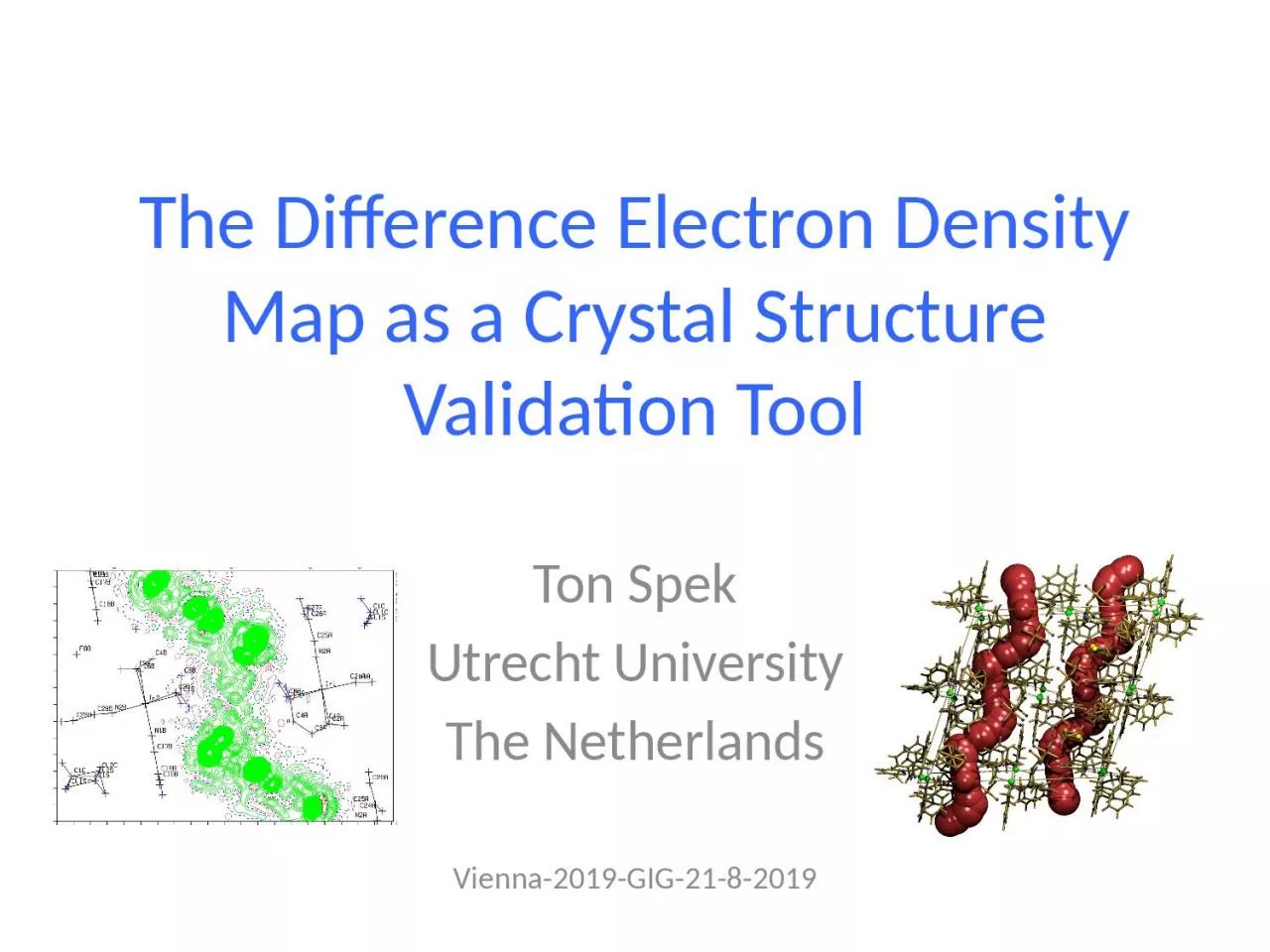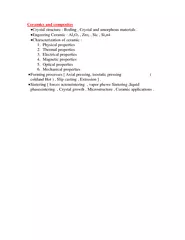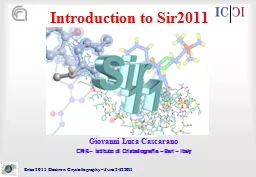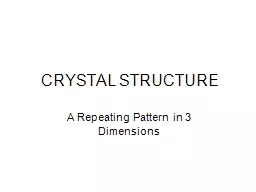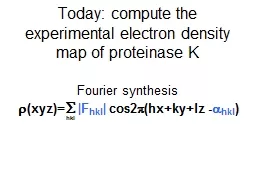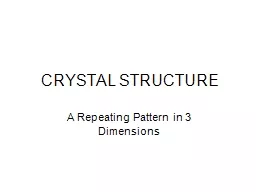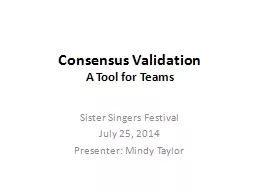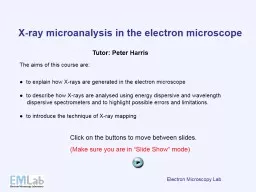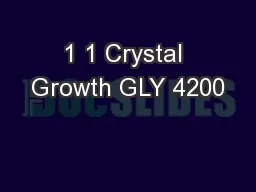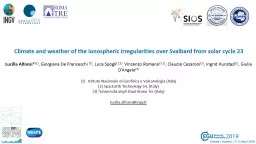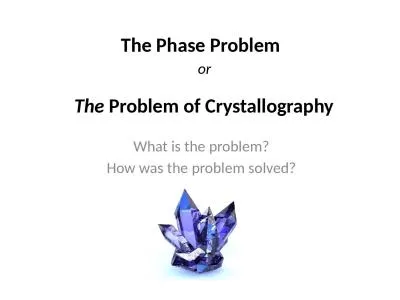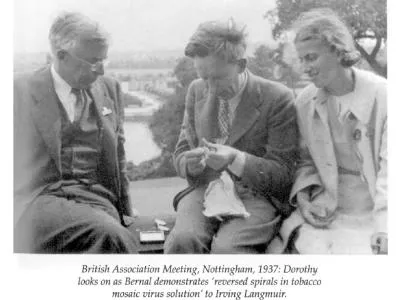PPT-The Difference Electron Density Map as a Crystal Structure Validation Tool
Author : angelina | Published Date : 2023-11-12
Ton Spek Utrecht University The Netherlands Vienna2019GIG2182019 Structure Determination Today Structure determination programs such as SHELXT OLEX2 etc have made
Presentation Embed Code
Download Presentation
Download Presentation The PPT/PDF document "The Difference Electron Density Map as a..." is the property of its rightful owner. Permission is granted to download and print the materials on this website for personal, non-commercial use only, and to display it on your personal computer provided you do not modify the materials and that you retain all copyright notices contained in the materials. By downloading content from our website, you accept the terms of this agreement.
The Difference Electron Density Map as a Crystal Structure Validation Tool: Transcript
Download Rules Of Document
"The Difference Electron Density Map as a Crystal Structure Validation Tool"The content belongs to its owner. You may download and print it for personal use, without modification, and keep all copyright notices. By downloading, you agree to these terms.
Related Documents

